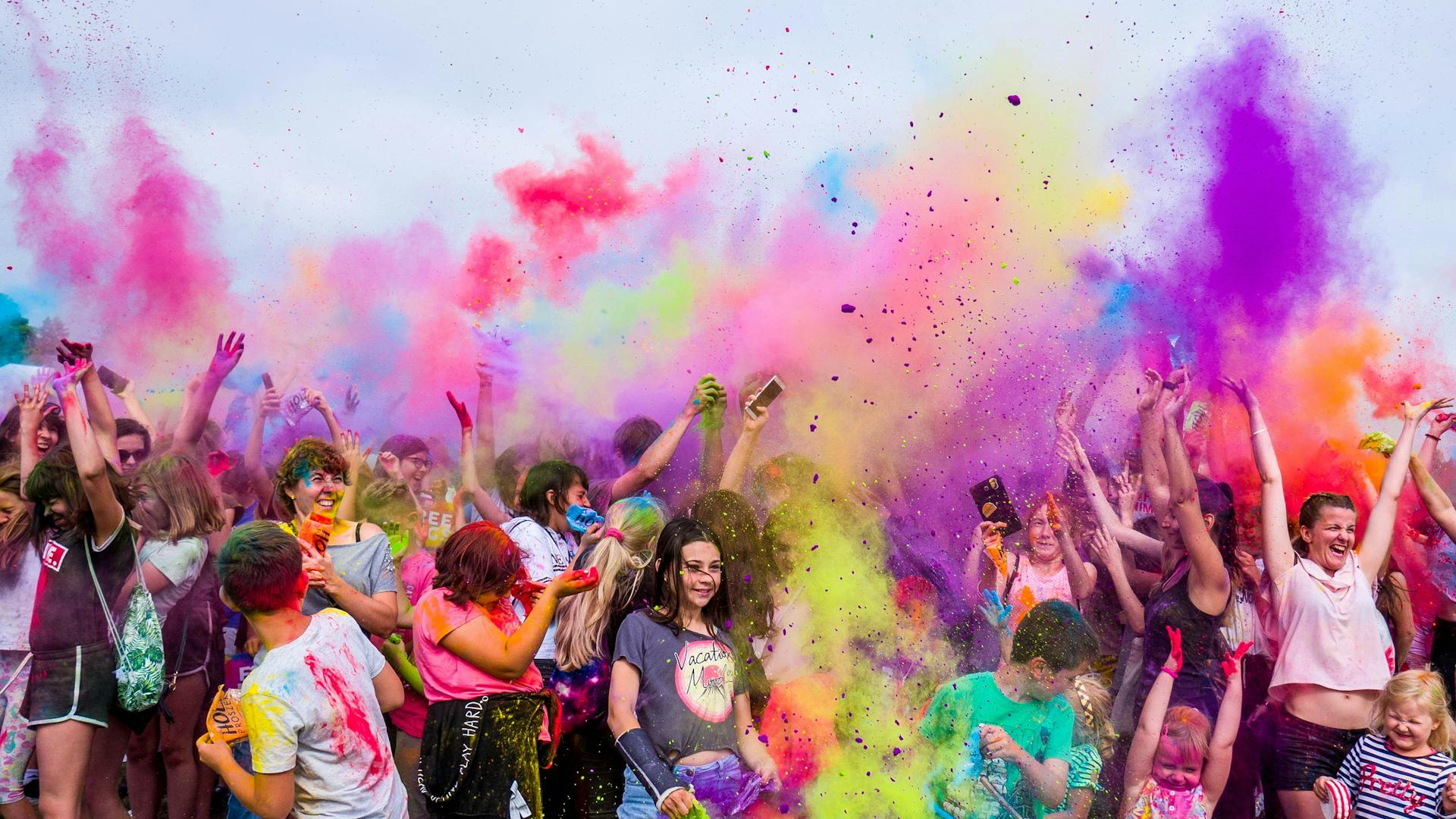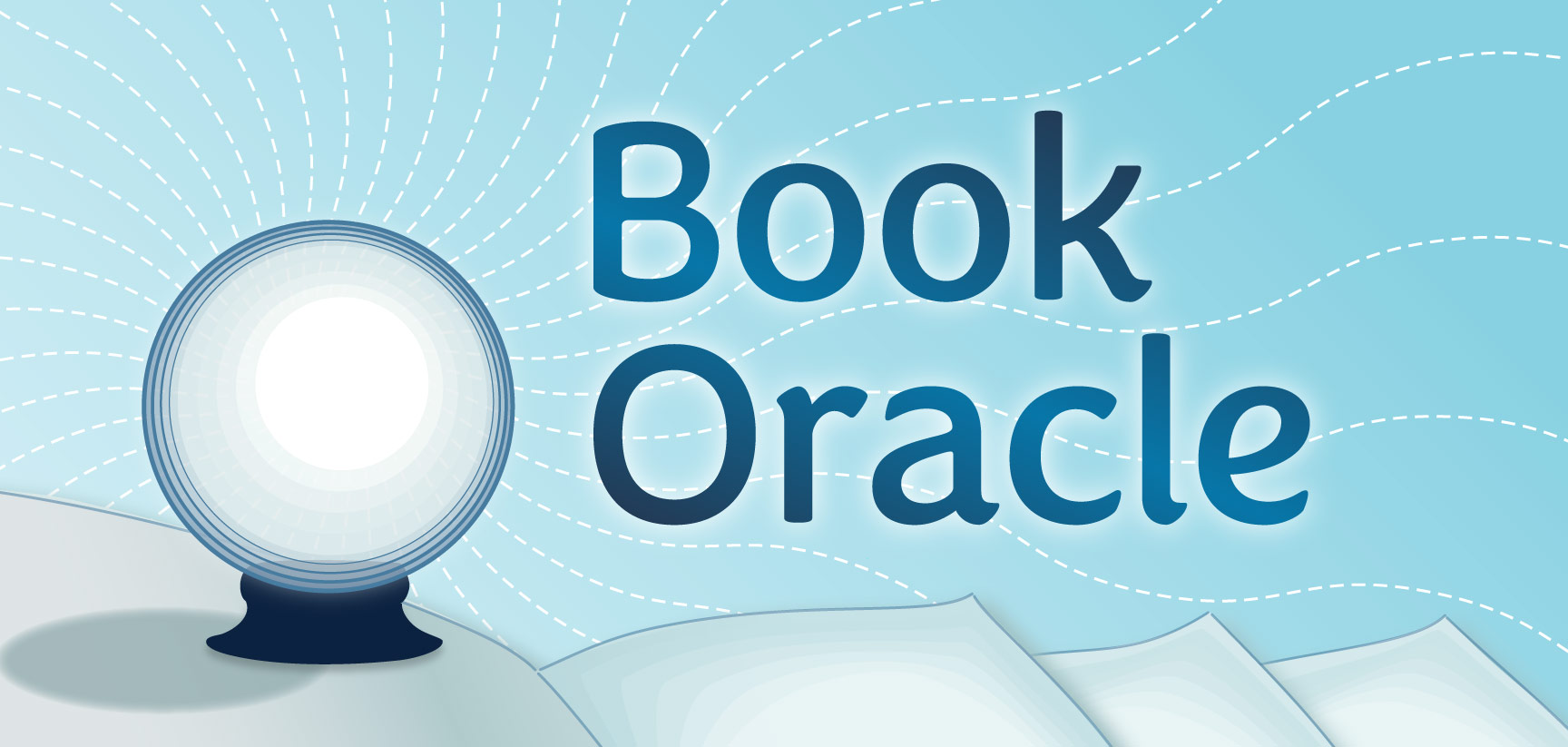For the June First Thursday Book Discussion choose a book that fits the Summer Reading theme “Color Our World.” With a little creativity, any book could fit this criteria — what book hasn’t brought at least some color into your world? If you can think of a completely colorless book, you could still bring that and talk about how it’s author managed such a feat.
“Color Our World,” could be interpreted very simply: plant flowers, paint a mural, knit a colorful scarf or make your own dyes from wild materials.
One of the wonderful thing about the word color (and for much of the English language) is that color has so many meanings. By taking an action to bring physical color into your life, think of the figurative richness that might also come out of it, too.
If you’d like to explore how books enrich lives, consider reading “The Book That Made Me,” which is an anthology of essays by children’s authors about the books that have profoundly impacted them.
Finding our “true colors” and sharing them might be the most important work we do in this life, and there is no shortage of novels about people finding themselves. In “Colorful Palate: A Flavorful Journey Through a Mixed American Experience,” author Raj Tawney traces his coming of age through the Indian, Puerto Rican and Italian-American kitchens of his family.
The novel “Becoming Ted,” by Matt Cain, follows the journey of Ted. At 43, Ted is forced to find his true colors when his husband leaves him for another man.
The idiom ‘true colors’ is nautical in origin. Pirates of the 17th century flew false flags, or colors, to lure in ships. Once the victims were close enough, the pirate ships switched to their ‘true colors’ (colors is another word for flag) and attacked. “Black Flags, Blue Waters” by Eric Jay Dolin, explores the surprising history of American piracy’s ‘Golden Age.’ I suspect it will be illuminating to realize how this group of ‘colorful characters’ shaped our nation and influenced culture.
While searching for books that played on the symbolism of color in their title, I was surprised how many titles sounded up beat but promised much darker content in the pages between the colorful covers. “All the Colors of the Dark,” by Chris Whitaker is a dark and twisty mystery set in Missouri. Whitaker explores not only the bright colors of life but also the colors in the shadows.
With color so tied up in identity, it’s not surprising that many books with a “colorful” title are about racial identity. Alice Walker’s classic, “The Color Purple” was the first book to come to mind when I tried to think of books that mentioned color in a title. “Revolutions of All Colors,” by Dewaine Farria is set in the 70’s after the Vietnam war has ended. It’s described as, “a brash, funny, and honest look at the evolution of characters we don’t often see — black nerds and veterans bucking their community’s rigid parameters of permissible expression while reconciling love of their country with the injustice of it.”
It’s easy to forget that the American identity is a colorful one, formed by the blending of so many cultures and identities. After all, from the Pilgrims to today’s refugees, almost all of us are immigrants or the descendants of immigrants. Instead of exploring how America has changed immigrants, Nancy Foner examines how immigrants have shaped and colored the culture of our nation in her book “One Quarter of the Nation: Immigration and the Transformation of America.”
Regardless of how you choose to add color to our world, bring a book that speaks to you and bring it to the June 5 book discussion. Be ready to share your thoughts on the book and how it did or didn’t “Color Our World.”
We will meet at noon in the Children’s Programming room at the Columbia Public Library at noon. New members are always welcome.
You can find more discussion on the meanings of color in this month’s Literary Links column and more book suggestions on this book list.



